What is Quadriceps Tendonitis?
Quadriceps tendonitis can be defined as a condition of quadriceps muscles in thighs being inflamed due to excessively using the leg muscles or knee joints, causing pain in the upper knee, and using the joint of the knee.
However, Quadriceps tendonitis is a treatable condition through rest or few other treatment options that would be discussed below. Moreover, simply resisting physical activities for a few days can also treat this condition, and relieve the pain without any proper medical treatment.
The quadriceps muscles are attached to patella, the kneecap by your quadriceps tendon for straightening the knee to get it back to work properly for walking, running, or climbing, etcetera.
In case of tendonitis or quadriceps tendinopathy or simply quadriceps tendinitis that is an inflammation in tendon, the probability is that the movements through legs or knees like kneeling or jumping have been performed repeatedly. Hence, this overuse of knees or legs may cause the muscles to swell up and ache as a result of tiny tears caused by overuse of muscles.
Athletes are mostly affected by these kinds of injuries as they play sports like basketball or volleyball. However, there is no distinction for this injury being caused for athletes, even a common person may develop it through physical activities. Significantly, a person who usually does not perform physical activities may get quadriceps tendinitis if he/she starts physical activity suddenly. Nevertheless, the athletes are still at a higher risk to get quadriceps tendonitis than any other common person, as they perform physical activities more than anybody else like squatting, running, or jumping, causing them inflammation that results in quadriceps tendonitis.
Although quadriceps tendinitis may be very painful, it can be recovered in a number of weeks through rest or physiotherapies.
Causes:
Quadriceps tendonitis may be caused by various factors including inflammation significantly as mentioned above. Moreover, overexertion or overuse of knees, legs, or muscles may also cause quadriceps tendonitis by increased intensity of exercises and physical activities. However, it can be alleviated if proper footwear and wearing is made sure. Furthermore, other factors that may also result in quadriceps tendonitis include the overdoing of fitness exercises for longer durations, lack of flexibility, feet or legs or ankles misalignments, obesity,
However, overuse of the knee or legs muscles remains the most common factor contributing to quadriceps tendonitis. Especially, when the tendon keeps moving in a specific manner multiple times, resulting in small tears.
However, the normal body usually fixes these tears itself with time, but it reaches its limit of fixing when the same physical movement of muscles causing constant tear development, is repeated over and over again,
Other repeated actions causing quadriceps tendonitis may include olympics games, sports traumas, in essence, climbing hard surfaces with increased physical activity along with improper posture, sudden rise in muscles movement, improper walking steps, etcetera.
Risk Factors:
The risk factors causing quadriceps tendonitis may include sports, running, jumping, climbing, sudden increase in physical activities, tightness, imbalance in muscles, weakness or deficiencies in muscles, improper preventive appearance measures, excessive exercise, high intensity exercises, chronic illnesses like lupus, rheumatoid arthritis, diabetes, etcetera. These chronic illnesses result in reduced blood flow to the knees, weakening the tendons, and increasing the vulnerability to alignment problems and tendinitis. As, imbalances in alignments cause more stress on one leg than the other, likewise to the effects of muscular imbalances.
Other risk factors may include gout, leukemia or even chronic renal failure. In addition, age also reduces the flexibility of the muscles with time, making them easier targets for inflammation. Overweight also makes a person more prone to develop tendons, the tightness in muscles due to hamstrings or quad muscles can also exert increased pressure on tendons.
Symptoms:
The most common symptom of quadriceps tendonitis is the ache at the point where the thigh meets the knee. This ache usually results from exercise or physical activities, when the leg is flexed and straightened. In this situation, swelling, stiffness, and inflammation is also observed; specifically in volleyball or soccer players. Moreover, the intensity of pain increases as the legs are moved.
Additionally, the quad tendons, touch sensitivity, inflammation or pain, knee stiffness or tightness; especially in the morning, front knee pain, gradual increase in pain with elongated durations of squatting, running, jumping, or even sitting, poor mobility, weakness or tenderness of muscles may also be the symptoms.
However, these symptoms may be diminished through activities along with the movement stops.
Diagnosis:
The diagnosis through a medical professional is very important so, if the pain does not go away through ret or icing or massage, and worsens gradually affecting your day-to-day life and activities, then one must consider an appointment with a doctor for the clinical diagnosis and further treatment. The medical appointment may be very helpful for the patient as the doctor provides a plan for the treatment. Moreover, the doctor also assesses the knee pain properly in order to treat that through asking several medical questions, regular routine, physical activities, along with the affected areas. The diagnosis can be done through various methods such as: Magnetic resonance imaging scan, x-ray, or physical examination. However, imaging tests like MRI or x-ray are very helpful in determining the severity of tears and fractures that result in pain; along with a proper image of the knee tendon.
The physical examination is performed through assessing the range of movements, flexibility and stability of joints, the ruptured or torn tendons, and the training that resulted in the injury.
Treatment:
The early treatment may include bed rest, medicines for relieving inflammation, icing of legs, reduced physical activities, avoiding the use of muscles, etcetera. These are very convenient treatments recommended for quadriceps tendinitis by doctors.
Furthermore, physiotherapies may also be considered for the treatment if not treated through the earlier treatment methods. The physiotherapist may suggest some regimen of physical exercises for balancing the legs, and straightening them. This may also be very helpful in relieving pain.
However, there are other treatment options available as well in case of the failure of the above mentioned methods of treatment. Further treatment methods may include invasive measures like surgery on the suggestion of your doctor for facilitating the blood flow and removing the damaged tissues.
Moreover, there are nonsurgical treatment options as well that include the initial treatment methods discussed above, and electrical or ultrasonic stimulators, taping or bracing of the patella (very helpful in regular activities with less pain), or as basic as massage for the alleviation of pain, and the balancing of muscles..
Nonsurgical treatment for quadricep tendonitis. This also speeds up the process of recovery along with strengthening the muscles, and reducing their damage.
Whereas, the knee alignments can be adjusted through orthotics. This also helps in the functioning of the patella.
Hence, considering all the nonsurgical treatment methods, surgical method is always considered as the last resort for the stimulation of healing, and supplying the blood to the quadriceps that are injured. Moreover, the removal of damaged tissues is done through surgery, while repairing the tendon. In addition, there is a less invasive surgical treatment method as well,that is usually most preferred in cases of surgeries; commonly called the arthroscopic surgery, resulting in early discharge of patients from hospital beds.
Recovery:
The recovery of quadriceps tendonitis depends on the age factor, it becomes rapid if the muscles are stronger at a younger age, while the older age coming with weaker muscles may slow the process of healing and recovery.
However, the time duration noted for the recovery through nonsurgical treatment options is four to six weeks. This time is also for recovery through physiotherapy for reduction in inflammation and better functioning of quadricep. Although, the recovery time for it through surgical methods would be around six to nine months. Along with that, the avoidance of physical activities or movements must also be considered for at least six weeks after the surgery. The lifting of heavy weights must also be temporarily avoided. Gradually, the improvement in mobility is observed, this is the time when the patient may slowly start some exercises like straightening of legs. Within a span of seven months, it is observed that the athletic activity of the person may be returned. However, in case of an injury that lasts for a while, a period of six to twelve weeks may be considered for the complete recovery.
The recovery method is noted to be significantly swift through RICE method as mentioned above, as RICE suggests Rest to avoid further injury, Ice to alleviate pain and swelling through cold compression, Compress the bandage to reduce swelling, and lastly Elevate the knee in an upper position for further reduction in the swelling.
Finally, the swiftness in recovery also depends on the overall health of the patient as well as the severity of injury, having considered a proper treatment plan from a professional doctor. Hence, the recovery duration may vary from patient to patient due to their health or age factors, or the treatment options, but they always do recover when professional diagnosis and medical treatment is considered, and proper preventive measures are taken.

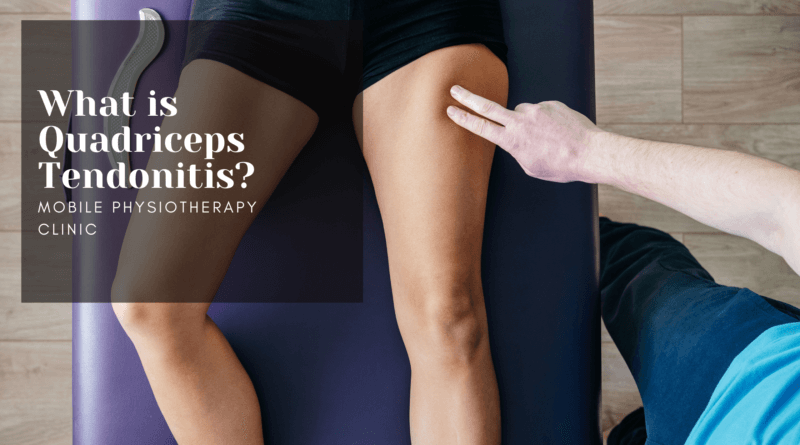
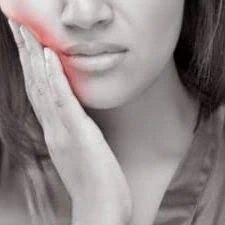
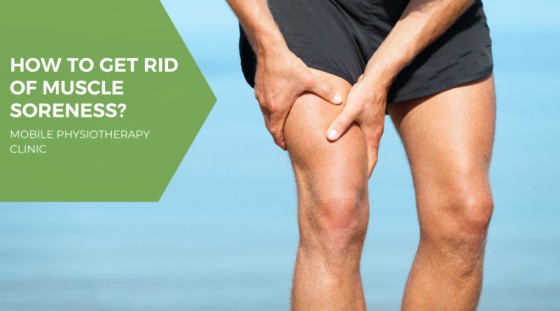
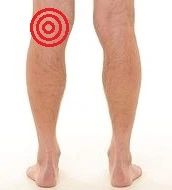

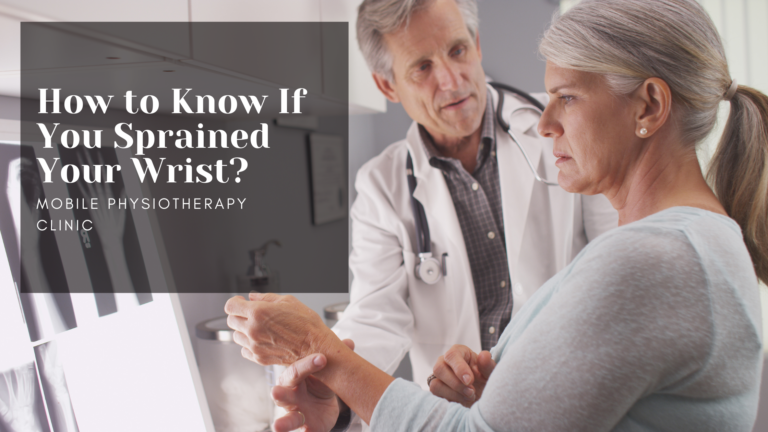
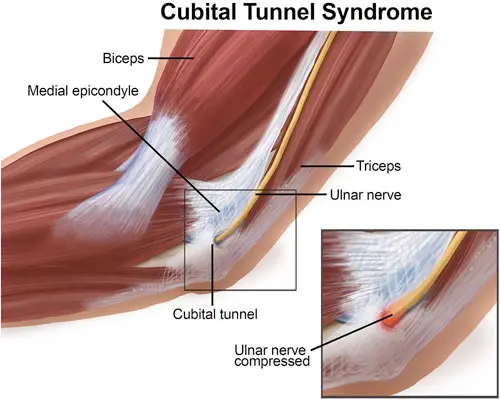
2 Comments